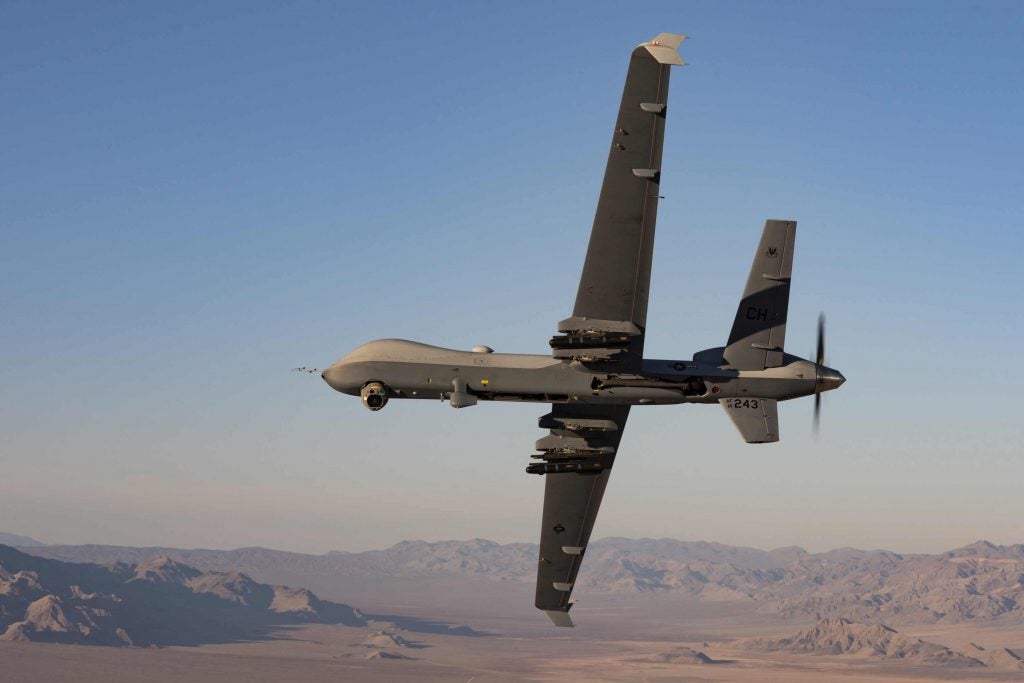MQ-Next: The Reaper’s Struggle for Survival
Early this week the anticipated announcement was made that the USAF would begin looking for solutions to replace the MQ-9 Reaper. The hope is for a delivered vehicle by 2030 though the request for information was rather vague. More specifics were put into the procurement process itself rather than what the procured vehicle would look like. This included an emphasis on small business innovation and digital flexibility through an open systems architecture.
What is clear is an emphasis on survivability which should be no surprise given the events of 2019. During its 13 year career with the USAF, only 4 Reapers have been confirmed lost to enemy fire. While that seems like very few, no other USAF combat aircraft have been lost to hostile fire in that period with the exception of the Reaper’s little brother, Predator, which was retired by the USAF in 2018. Thus 4 combat losses are a comparatively significant number, but what is more alarming is 3 of the 4 were lost within a 6 month period in 2019.
The first Reaper combat loss was over Yemen in October 2017, when it was shot down by a Houthi Surface to Air Missile (SAM), which was presumably acquired from leftover Yemeni Army stocks. Flying at a higher altitude allowed the Reaper to continue without a loss for nearly two years. The beginning of the losing streak began in June 2019, a month after a new phase of tensions between the US and Iran were sparked by attacks on oil tankers. Once again an MQ-9 was shot down by Houthis over Yemen, however, this time Iran was accused of directly assisting the attack. While no evidence was given two weeks later Iran made it clear that it did not fear attacking American unmanned assets when a much larger Global Hawk was shot down over the Strait of Hormuz.

Then in August, a third Reaper was lost over Yemen. No clear evidence existed that Iran was supplying advanced SAMs to the Houthis so it’s expected they provided technical assistance in using missiles acquired from pre-war Yemeni stocks. This vulnerability to legacy missile systems, albeit operated by skilled users, has highlighted how unsurvivable Reaper would be in a peer conflict.
The final blow came in November when the Libyan National Army, with assistance from Russian PMCs, shot down a Reaper with a Pantsir system. Overall, the Pantsir has had a poor experience in Libya and has been recorded being run down by Turkish Bayraktar drones on several occasions. To be shot down by what is often the loser in drone vs. SAM interactions does not bode well. Around the same time an Italian operated Reaper was also lost, whether to enemy fire or technical failure is not clear. It is increasingly clear the reaper has come knocking for the MQ-9, at least in contested airspace. However, 2030 is a long way out, so if and how the USAF intends to revitalize the platform remains to be seen.

